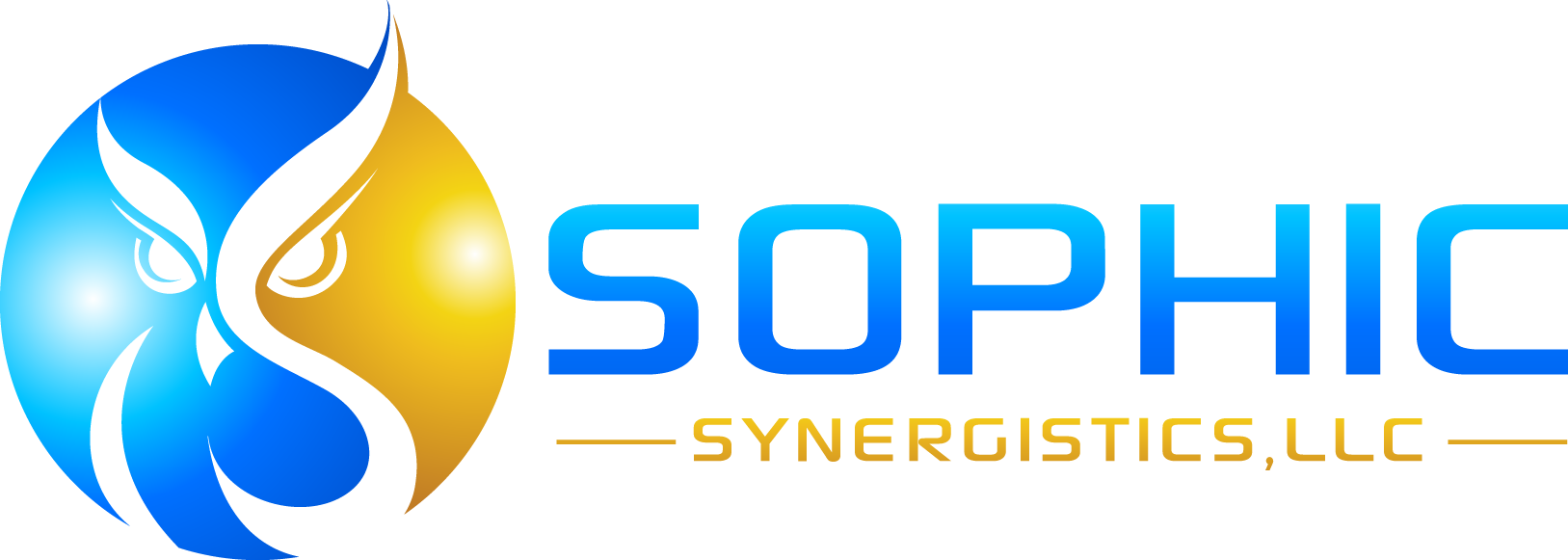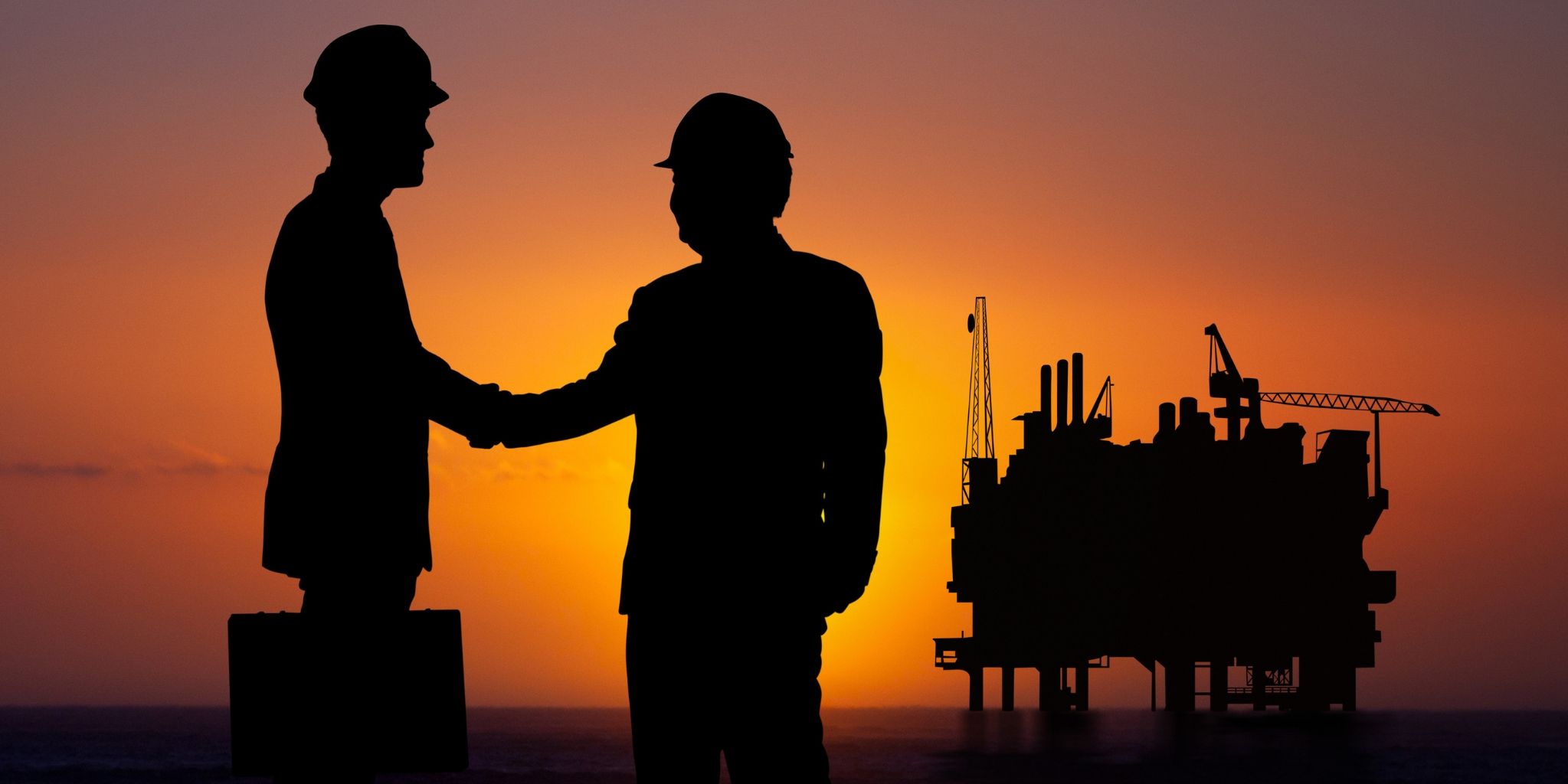Flammable and hazardous chemicals. Powerful equipment. High pressure processes. It’s no secret: The oil and gas industry is one of the most dangerous industries in the world. Oil and gas professionals don’t just face a complex work environment, though. They also face difficult living conditions. Many eat, breathe and sleep in hostile, unforgiving environments such as deployment on rigs in the high seas. And perhaps worst of all, many are isolated from friends and family. When you combine all these risk variables together, you get the perfect recipe for disaster.
The worst offshore oil disaster in terms of lives lost was the Piper Alpha disaster in the North Sea, UK. On July 6, 1988, there was gas leaking from a condensate pipe at the platform. Workers performing routine maintenance of the pump removed the pressure safety valve of the corresponding condensate-injection pump and temporarily sealed the open condensate pipe with two blind flanges. However, a shift change that night lead to the temporary disc cover being inadvertently left in place. As a result, the condensate-injection pump could not be switched on under any circumstances.
As you can guess, it didn’t take long for communication to breakdown and fail. The night crew at the platform switched on the pump after another pump tripped. Gas condensate from the two bling flanges leaked, and multiple explosions occurred. 167 people lost their lives. It took three weeks to get the fire under control. The damages exceeded $1.4 billion. Do you know what could have prevented this tragedy? The answer: Institutionalizing Human Factors as part of Safety Operations and Culture. But we’ll get to that soon.
On April 20, 2010, a disaster occurred yet again. Rig workers on BP’s Deepwater Horizon reported confusion over a negative pressure test. During the first pressure test, there was a mud leak which indicated gas pressure in the well. No mud escaped during the second pressure test, but 1,400 lbs. per square inch of pressure was recorded when there should have been zero. The pressure was dismissed. Soon after, a massive explosion of the well and offshore oil rig resulted in 11 deaths and millions of gallons of oil spilled into the Gulf of Mexico. The environmental impact is still being monitored. The cost was $65 billion.
Most recently, an incident at the KMCO chemical processing facility in Crosby, Texas in April 2019 prompted a massive emergency response and forced town residents to stay inside. One worker was killed and two were critically injured. Authorities found that the initial explosion was triggered by isobutylene, which is a flammable gas. The investigation is still ongoing, but the company released a statement saying that the leak of isobutylene was caused by an acute failure in a piping component. Harris County has since sued KMCO, alleging that it violated the Texas Clean Air Act and the state’s Solid Waste Disposal Act and Water Code. They also alleged the company was in violation of Harris County’s floodplain and storm water regulations. Digging a bit deeper, failure to comply inherently leads to increased risk and human errors. Eventually human errors add up and are unrecoverable!
The examples are endless. There was the Alexander L Kielland disaster, the Seacrest Drillship disaster, the Enchova Central Platform disaster and so many more. What’s often referred to as “human error” played a part in each one. The big mistake that is made is treating human error as a causal factor, when it is actually a symptom linked to much larger root causes of the incident. The answer to what ultimately leads to human error almost always has to do with human factors not being involved at every level.
Make human factors the foundation of your risk mitigation strategy, and you’ll ensure that operations run safely and efficiently.
Here at Sophic, we think of human factors as a true risk mitigation hero! It prevents safety-critical scenarios from leading to costly accidents and injuries. If you’re not familiar with human factors, think of it as a broad canvas that includes ergonomics, cognitive engineering and psychology, human machine systems and human computer interaction, and processes and procedures. It helps to manage safety and risk through several methods including design mitigation, workflow optimization, training and supervision. With human factors in place at your company, you can optimize what people do well and mitigate the risk inherent in what people do poorly.
Think about it this way… Accidents don’t happen because humans are “dumb”. They happen because something inherent in the design of the systems and tools we use drive us to make mistakes. They happen because people are stressed by their workload or the environment in which they’re working. When systems, processes, and procedures are not designed to fit the users, the risk for human error goes up… and up. And then, disaster strikes.
Don’t be fooled. Human factors doesn’t just apply to workers on the oil rigs. It applies to every single person in the company, and that includes executives who are managing operations. There can be no one left out, because in order to work as safely and efficiently as possible, you must be able to do it as a team and consider the workings of the entire organization and how they impact the users on the line.
Human factors is the ONLY human-specific safety discipline.
Traditional organizational safety includes systems safety, quality, industrial hygiene and occupational health. It does not include human factors. Because of this, when disasters happen, we are quick to say it was the human’s fault. Let’s set the record straight: It’s never the human’s fault. “Human error” is simply a symptom indicative of a larger problem (unknowingly accepting preventable risk). When human factors is missing, it drives up costs for companies because the true root problem is never solved. Time and productivity are lost, and so is employee morale. As for market success and innovative culture – well, those disappear too.
Human factors belongs hand-in-hand with the oil and gas industry.
Here are just a few ways that human factors fits in with the oil and gas industry:
- Design of tools, equipment and user interfaces
- Technology integration and utilization
- Risk assessments and emergency preparedness planning
- Organizational reliability
- Human behavior and cognition in accident causation
- Decision making and teamwork in stressful or critical situations
- Safety culture and safety behavior improvement programs
In addition to safety, the demands for uptime and keeping operational costs down also play a large role in the oil and gas industry. Integrating human factors methodologies will also help oil and gas companies meet these stringent demands safely and effectively.


